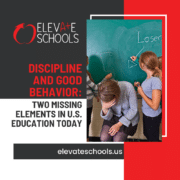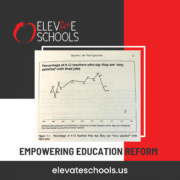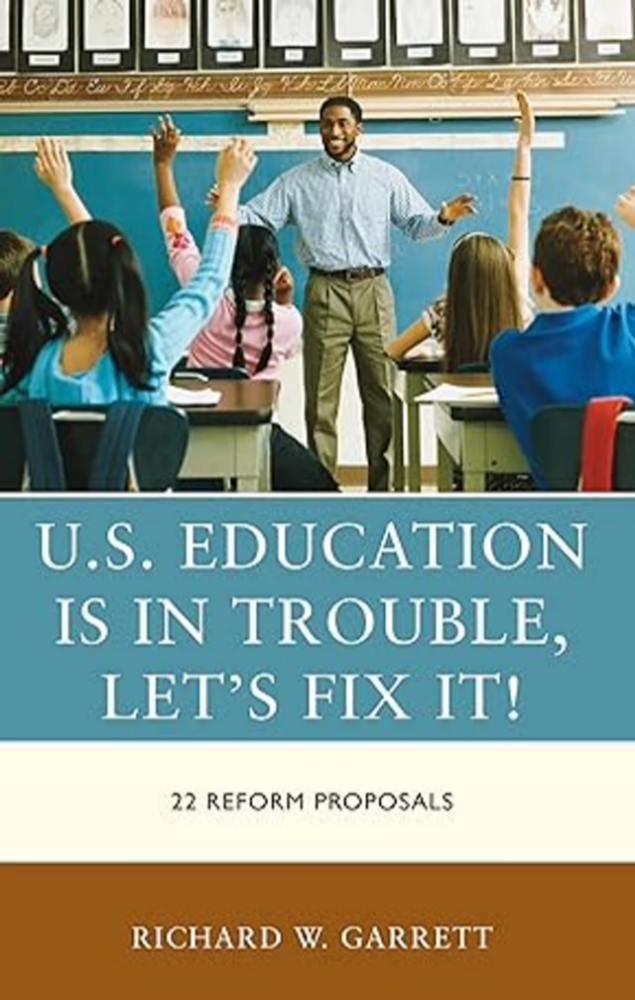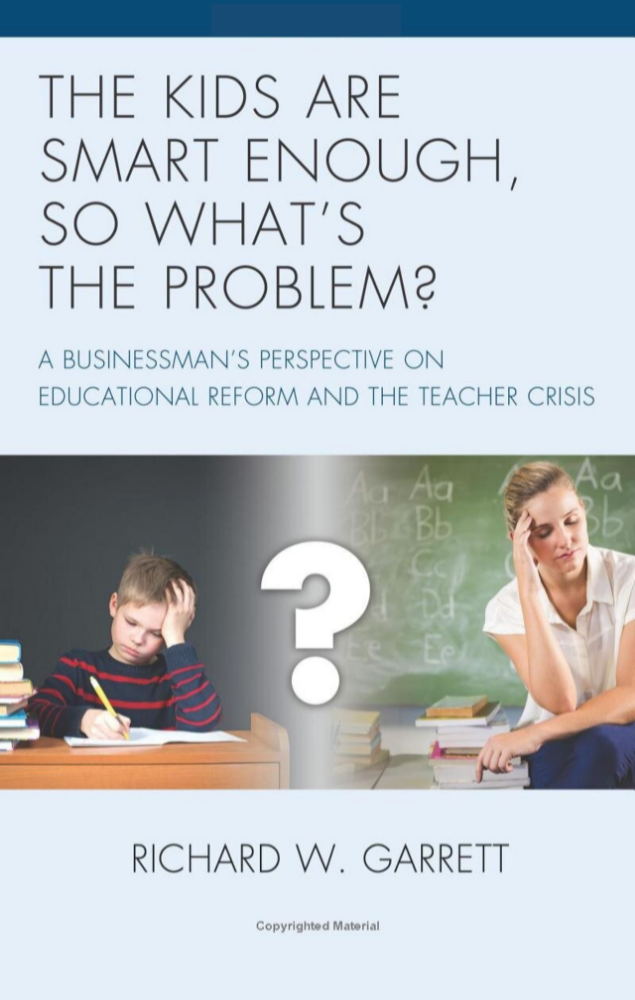The Retention Debate: A Nationwide Look at Holding Students Back
Indiana recently passed legislation mandating that students who cannot read at a proper grade level should not move to the 4th grade. The new law overturns the “social promotion” practice previously used—and still used in many states—relying on the belief that a child will eventually catch up. However, studies consistently demonstrate this is difficult, even in the best situations.
Grade Retention: 3rd vs 4th
Reading is the foundation of education. Without a solid foundation, future skills and learning suffer. Mastering reading by 3rd grade prepares students for success in other subjects like math, science, and history. Through 3rd grade, students learn how to read and improve upon those skills. But in 4th grade, they begin to read to learn. These are two very different educational goals but are often treated as one and the same.
Studies reveal that students struggling to read in grade 3 often struggle throughout their academic careers. Retaining them in 3rd grade or holding them back allows students to build a more solid foundation for their education. Ensuring students can read proficiently by 4th grade prepares them better for more challenging material in later years.
Nationwide Grade Retention
The National Assessment of Educational Progress 2022 Report shows 37% of 3rd graders could not pass the reading exam to move to the 4th grade. Yet, last year, only 3% of the 3rd graders in the United States were held back. These statistics do not add up, and it’s clear that the United States is split over the idea, with only 25 states having similar laws.
Everyone may not agree on the best laws to solve the issue but the need is clear. Over 25% of the United States population cannot read beyond a 5th-grade reading level. Education reform is the clear answer to the United States’ literary crisis.
In his first two books, “The Kids Are Smart Enough, So What’s the Problem?” and “U.S. Education is in Trouble, Let’s Fix It! 22 Reform Proposals,” Dr. Richard Garrett addresses the cause and effect of allowing 3rd graders who can not adequately read to move on to the 4th grade. He then provides 22 education reform strategies with implementation ideas that each school can adapt based on its needs or unique issues.
The top five states for education in the United States are currently located on the East Coast. Judged on academic performance, bullying rates, and pupil-to-teacher ratios, each state must highlight its educational commitment. In 2016, Maryland was concerned about the public schools due to a falling literacy rate and bad test scores. They established a Commission of Innovation and Excellence to understand the issues and implement new rules and guidelines. The result is a dramatic improvement in education, with Maryland now holding fifth place on the list.
While there may not be a “one-size-fits-all” answer, education reform is necessary to combat America’s education crisis. If you’d like to learn more, please visit our website or connect with our board members.
Follow us on Facebook, Instagram, or LinkedIn, and don’t forget to subscribe to our YouTube Channel.











